
It’s nice to find a good deal on something, but when you look at the little sticker on the bottom of that toy or lamp, it probably says “Made in China.”
When you buy a car, though, you can’t just flip it over to read the little sticker there that tells you where it’s made.
Cars do have a sticker that tells you where it’s made, it’s the same big window sticker that lists fuel economy, warranty information, and, of course, manufacturer’s suggested retail price. The parts content information on the sticker includes six pieces of information about the origins of the car’s parts, the final assembly point, and more.
These days, there’s virtually no car that’s “made in the U.S.A.” --all cars are an amalgamation of parts and labor and assembly from places all around the world, so “American made” is more of a less-so or more-so kind of thing.
Figuring out how much of a car is American-made isn’t easy. How can you possibly know what percentage of your vehicle's value contributes to the U.S. economy? You would need to understand about things like global supply chains and industrial cluster theory.
That’s where people like Frank DuBois come in. He's an associate professor and global supply chain expert at American University’s Kogod School of Business. He writes the school’s annual Kogod Made in America Auto Index, which evaluates and ranks over 500 car models based on the country of origin of all those factors on a vehicle's label in the showroom.
Dubois explains on the school’s Auto Index website that he’s both passionate about cars and fascinated by the sourcing strategies of global manufacturers and the interdependence of the global supply chain.
“Like people, cars are a blend of DNA from everywhere,” Dubois writes on the site. A transmission manufacturer, for example, might be U.S.-based but foreign-owned, a BMW assembled in South Carolina may have less U.S. content than a Chevy assembled in Mexico. And that content can vary by trim line, too.
In its 10th year, the auto index uses seven points derived from publicly available data. The seven criteria include:
- profit margin (if the headquarters are based in the U.S. the assumption is that the profits remain in the country.)
- Labor: where the car is assembled
- Research and development location
- Inventory, capital and other expenses.
- Where the engine is produced
- Where the transmission is produced
- Body, chassis, and electrical components
The highest ranked cars are made by U.S.-based manufacturers using American engines and transmissions, and with a higher percentage of U.S. and Canadian parts.
Based on the Kogod Made in America Auto Index, these are the most American-made cars. The ranking is based on an overall score. You’ll see that while some cars may have a higher percentage of content from the U.S. and Canada, they have a lower ranking. This is because they may have received a lower score based on the location of their headquarters, research and development location or some other factor.
There are several ties, so the top 10 includes 24 vehicles.

1. Lincoln Corsair
Manufacturer: Ford
Percent of content from U.S./Canada: 72%

1. Lincoln Corsair Hybrid PHEV
Manufacturer: Ford
Percent of content from U.S./Canada: 72%
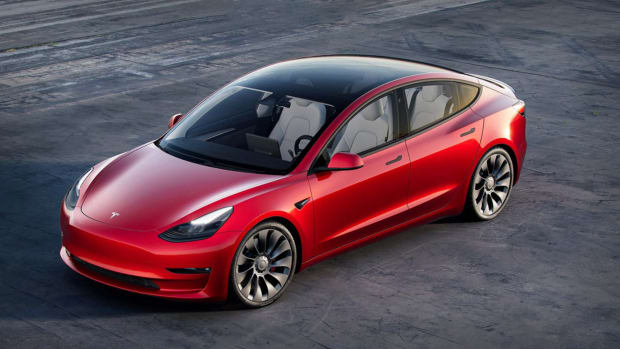
2. Tesla Model 3 Long Range
Manufacturer: Tesla
Percent of content from U.S./Canada: 65%
Image source: Tesla

3. Chevrolet Corvette Sting Ray
Manufacturer: GM
Percent of content from U.S./Canada: 62%
Chevrolet
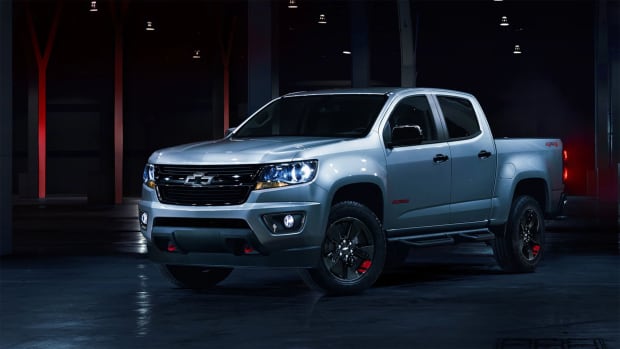
4. Chevrolet Colorado 3.0L, 3.6L, 2.5L
Manufacturer: GM
Percent of content from U.S./Canada: 61%
Chevrolet

5. Jeep Cherokee Latitude 4X4
Manufacturer: Fiat Chrysler
Percent of content from U.S./Canada: 72%

5. Jeep Cherokee Trailhawk
Manufacturer: Fiat Chrysler
Percent of content from U.S./Canada: 72%
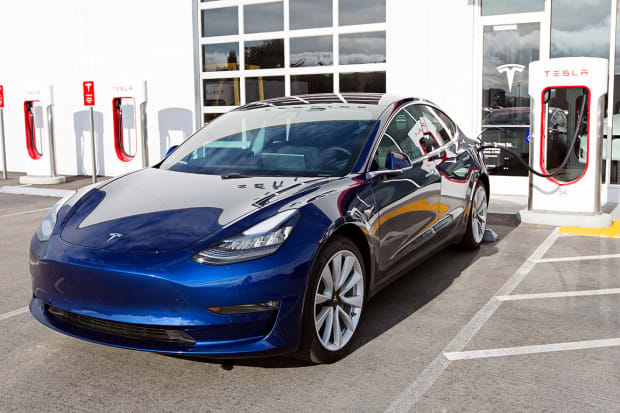
5. Tesla Model 3 Performance
Manufacturer: Tesla
Percent of content from U.S./Canada: 60%
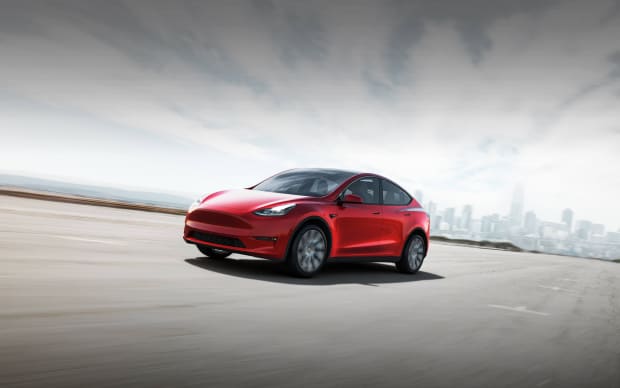
5. Tesla Model Y
Manufacturer: Tesla
Percent of content from U.S./Canada: 60%
Tesla
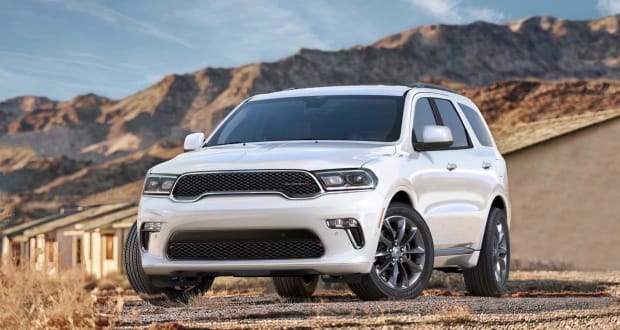
6. Dodge Durango Citadel
Manufacturer: Fiat Chrysler
Percent of content from U.S./Canada: 71%
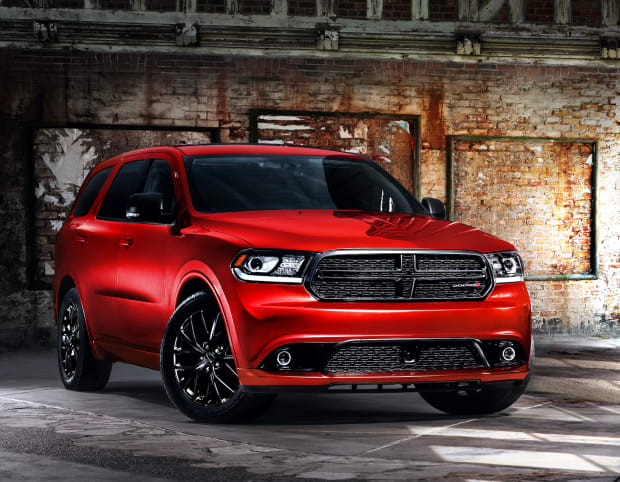
6. Dodge Durango GT Blacktop AWD
Manufacturer: Fiat Chrysler
Percent of content from U.S./Canada: 71%

7. Honda Passport Trailsport
Manufacturer: Honda
Percent of content from U.S./Canada: 75%
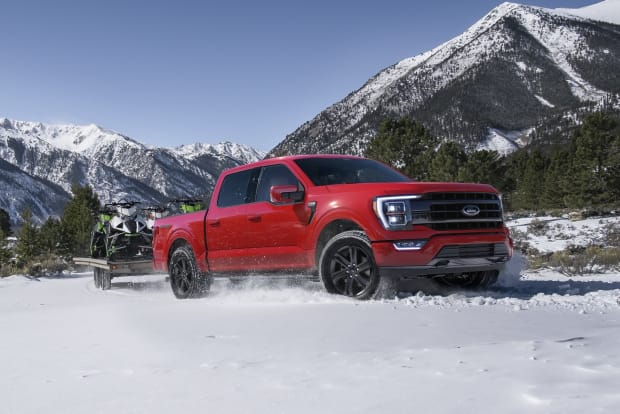
8. Ford F 150 2.7L, 3.3L, 5.0L
Manufacturer: Ford
Percent of content from U.S./Canada: 55%
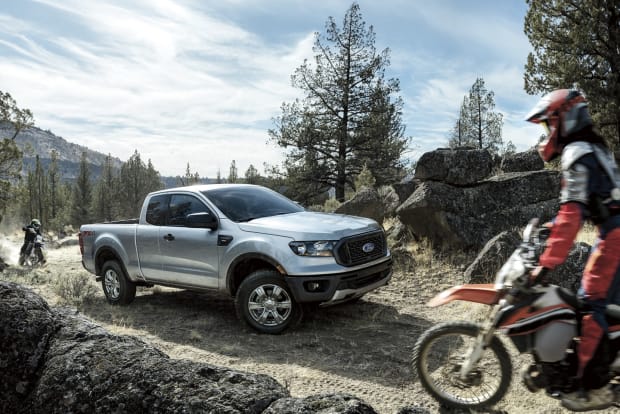
8. Ford Ranger (all)
Manufacturer: Ford
Percent of content from U.S./Canada: 55%

8. Ford Bronco AT
Manufacturer: Ford
Percent of content from U.S./Canada: 55%
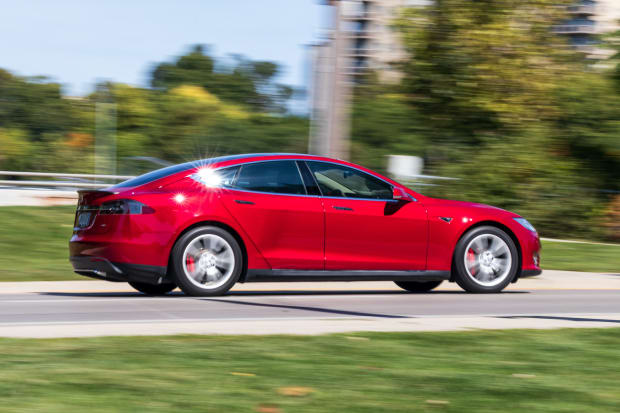
8. Tesla Model S
Manufacturer: Tesla
Percent of content from U.S./Canada: 55%

8. Tesla Model X
Manufacturer: Tesla
Percent of content from U.S./Canada: 55%
Tesla
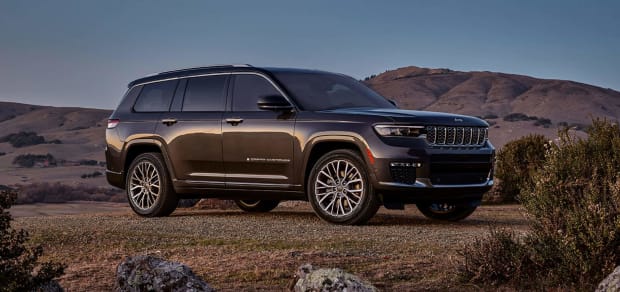
9. Jeep Grand Cherokee Laredo 3.6L, Jeep Grand Cherokee L LTD, Jeep Grand Cherokee Overland 3.6L
Manufacturer: Fiat Chrysler
Percent of content from U.S./Canada: 66%
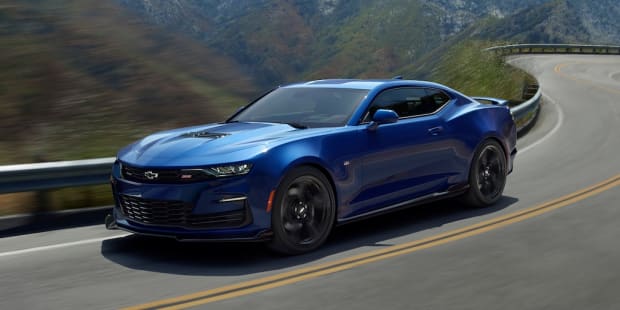
9. Chevrolet Camaro AT
Manufacturer: GM
Percent of content from U.S./Canada: 54%
Chevrolet

10. Honda Odyssey (all)
Manufacturer: Honda
Percent of content from U.S./Canada: 70%
Honda

10. Honda Ridgeline
Manufacturer: Honda
Percent of content from U.S./Canada: 70%
Honda
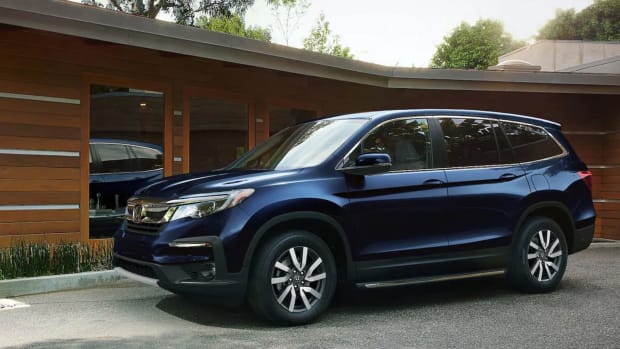
10. Honda Pilot
Manufacturer: Honda
Percent of content from U.S./Canada: 70%
Honda

11. Ford Expedition
Manufacturer: Ford
Percent of content from U.S./Canada: 50%
Ford
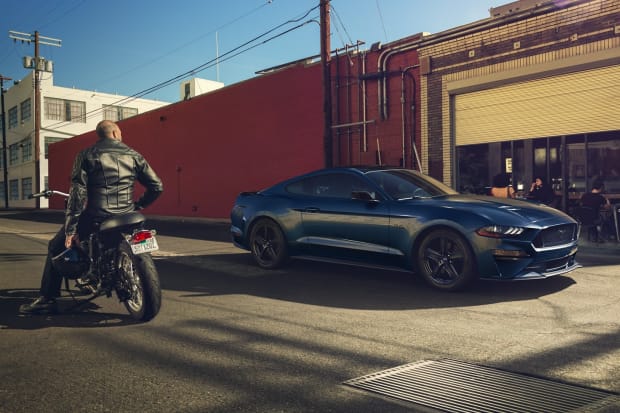
11. Ford Mustang 2.3L Ecoboost
Manufacturer: Ford
Percent of content from U.S./Canada: 50%
Ford
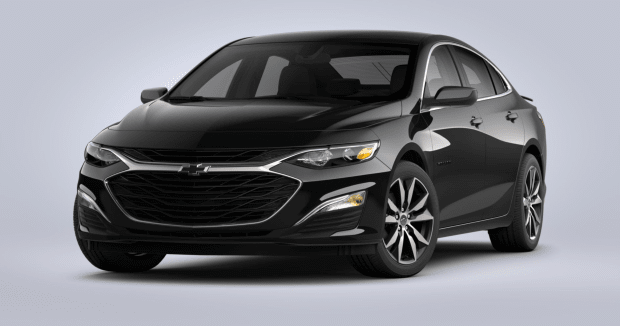
12. Chevy Malibu
Manufacturer: GM
Percent of content from U.S./Canada: 49%
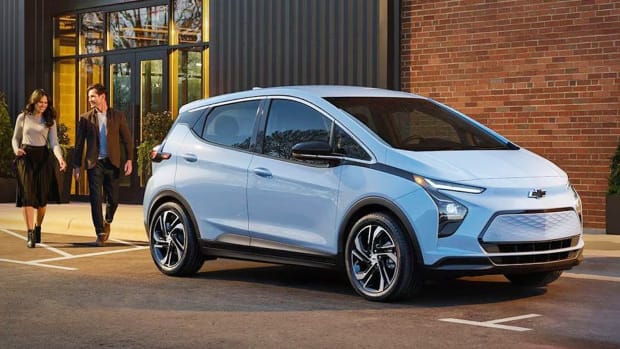
12. Chevrolet Bolt EV 1LT and Chevrolet Bolt EV 2LT
Manufacturer: GM
Percent of content from U.S./Canada: 63%
GM
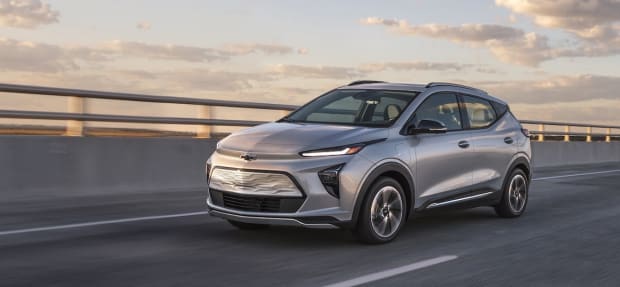
12. Chevrolet Bolt EUV Premier
Manufacturer: GM
Percent of content from U.S./Canada: 63%
Chevrolet
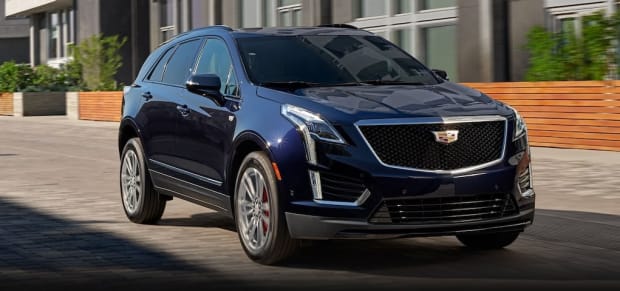
13. Cadillac XT5
Manufacturer: GM
Percent of content from U.S./Canada: 47%
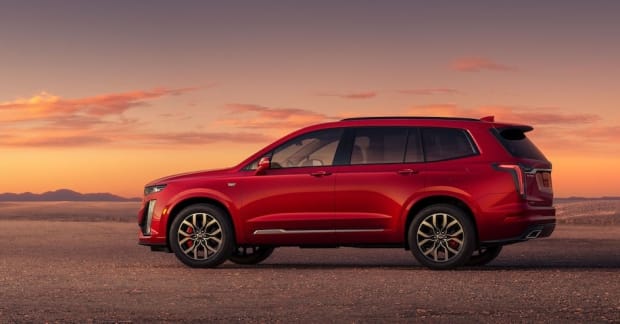
13. Cadillac XT6
Manufacturer: GM
Percent of content from U.S./Canada: 47%
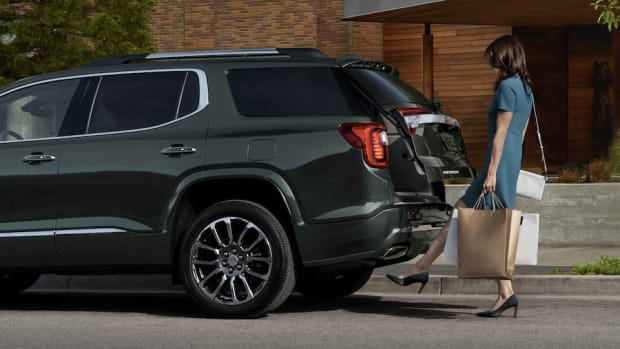
13. GMC Acadia
Manufacturer: GM
Percent of content from U.S./Canada: 47%
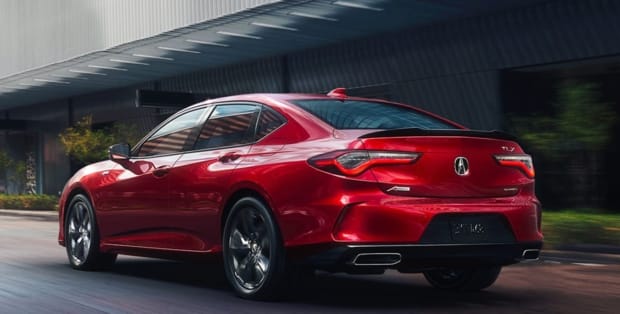
13. Acura TLX
Manufacturer: Honda
Percent of content from U.S./Canada: 65%

13. Honda CR-V 1.5T FWD EXL
Manufacturer: Honda
Percent of content from U.S./Canada: 65%
You can take a deeper dive into the full ranking of 500 vehicles, and see how they are scored on all the criteria at the auto index website.







